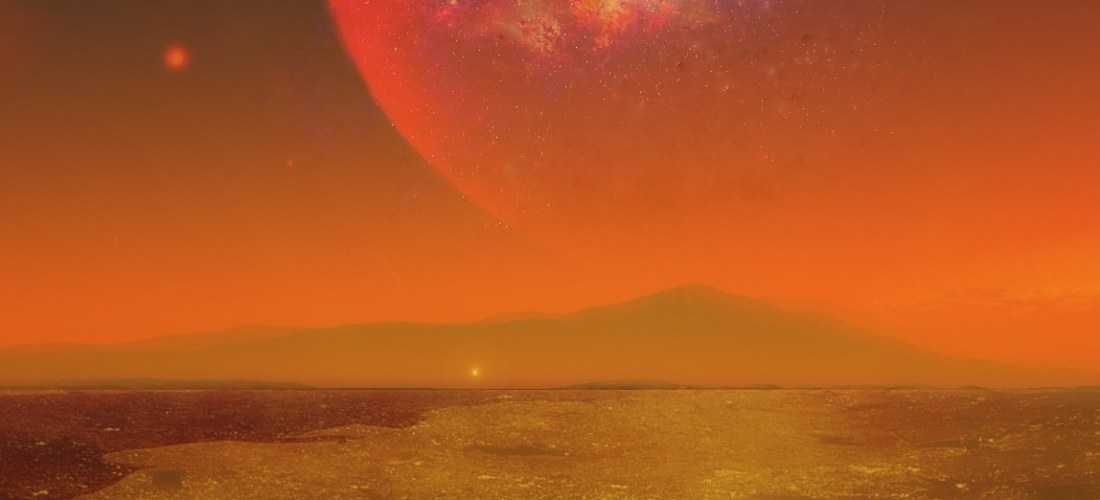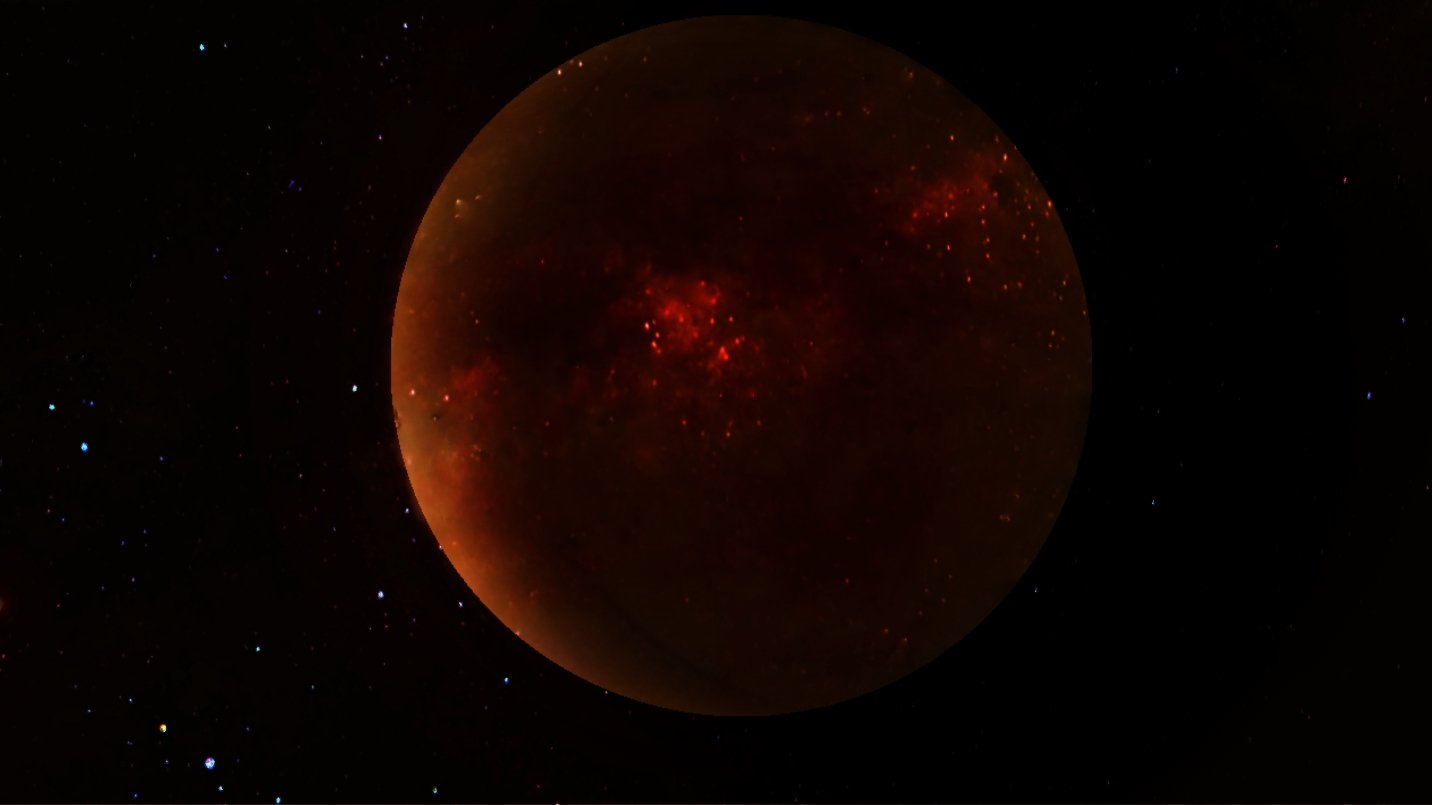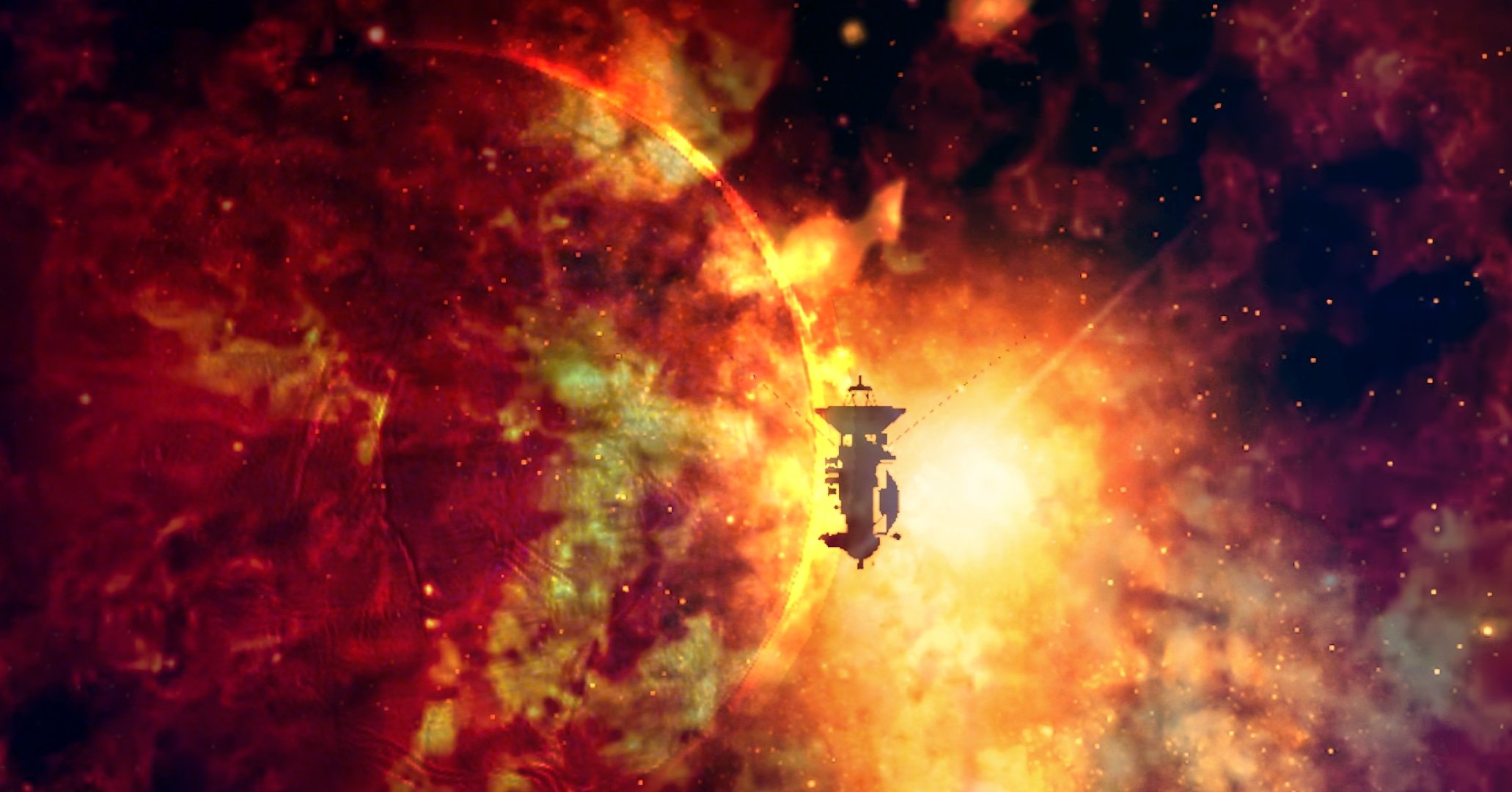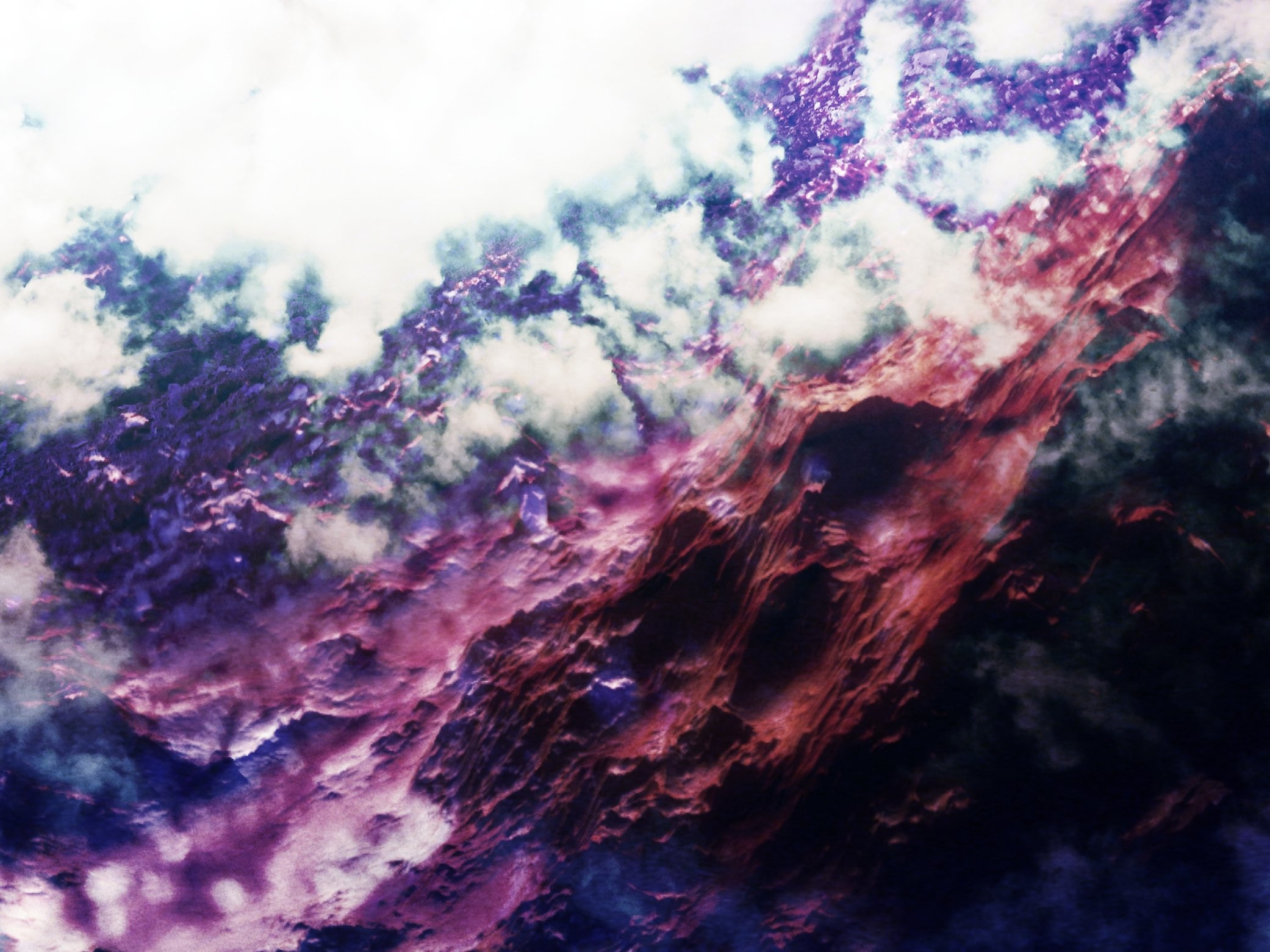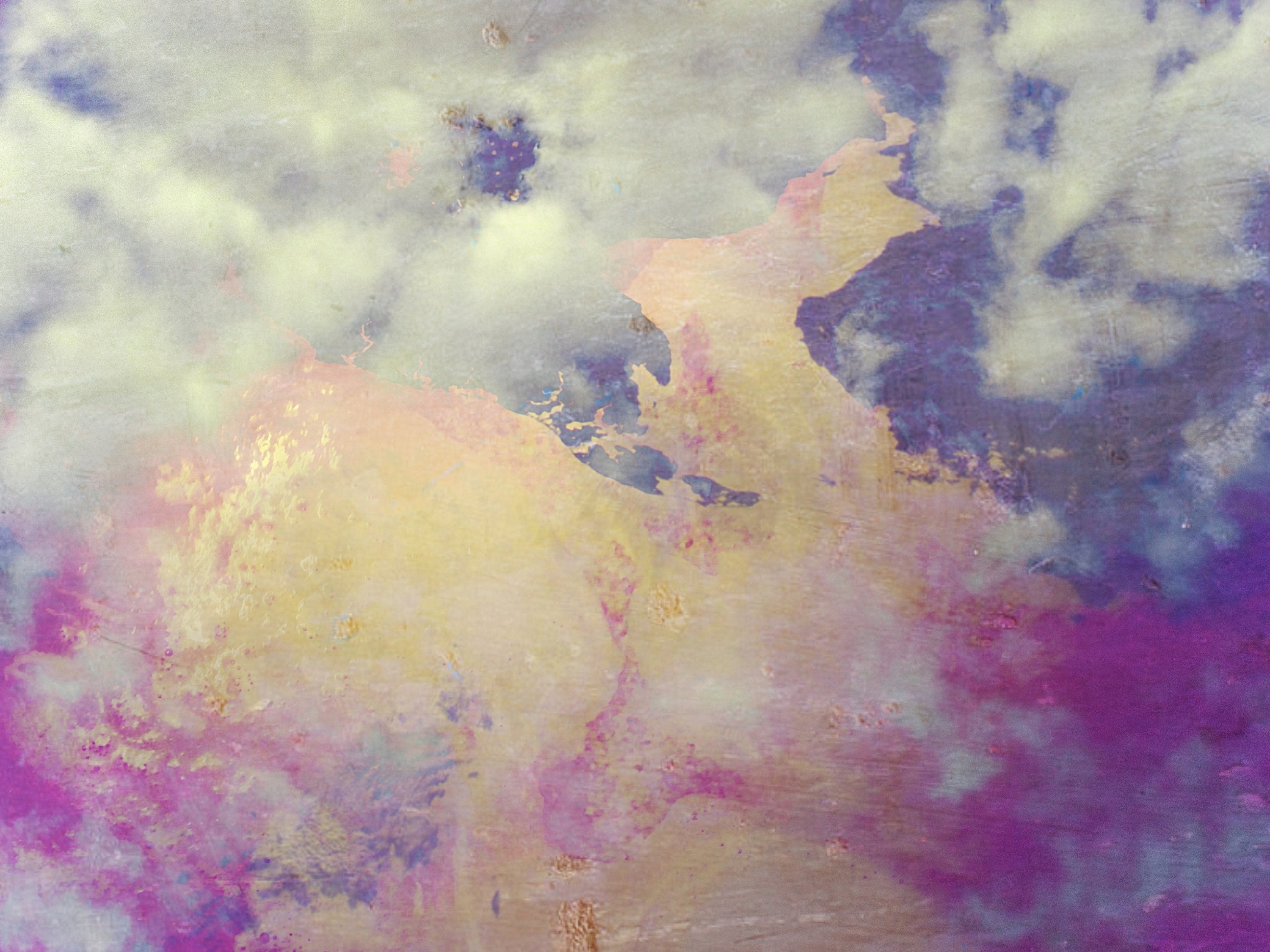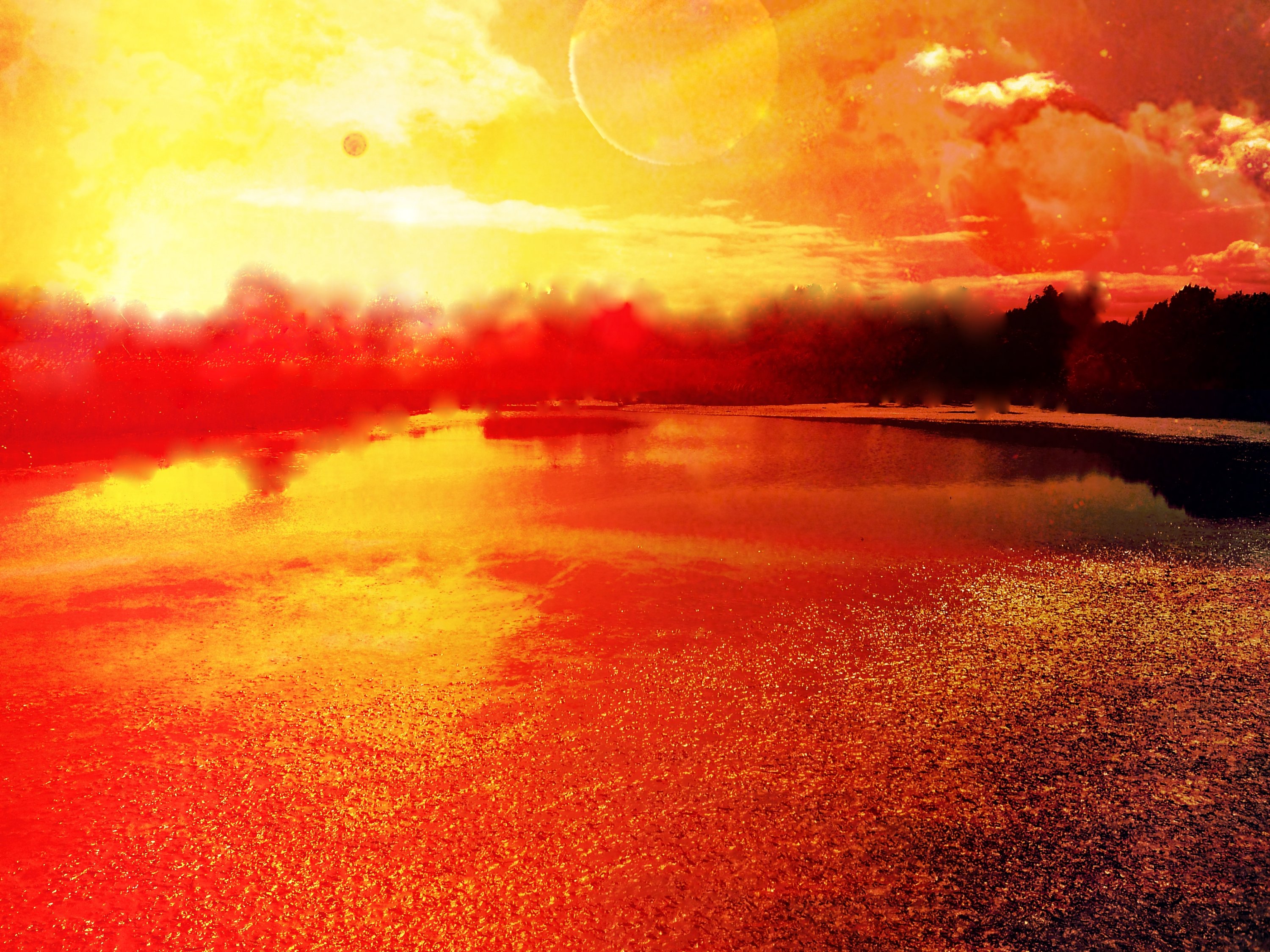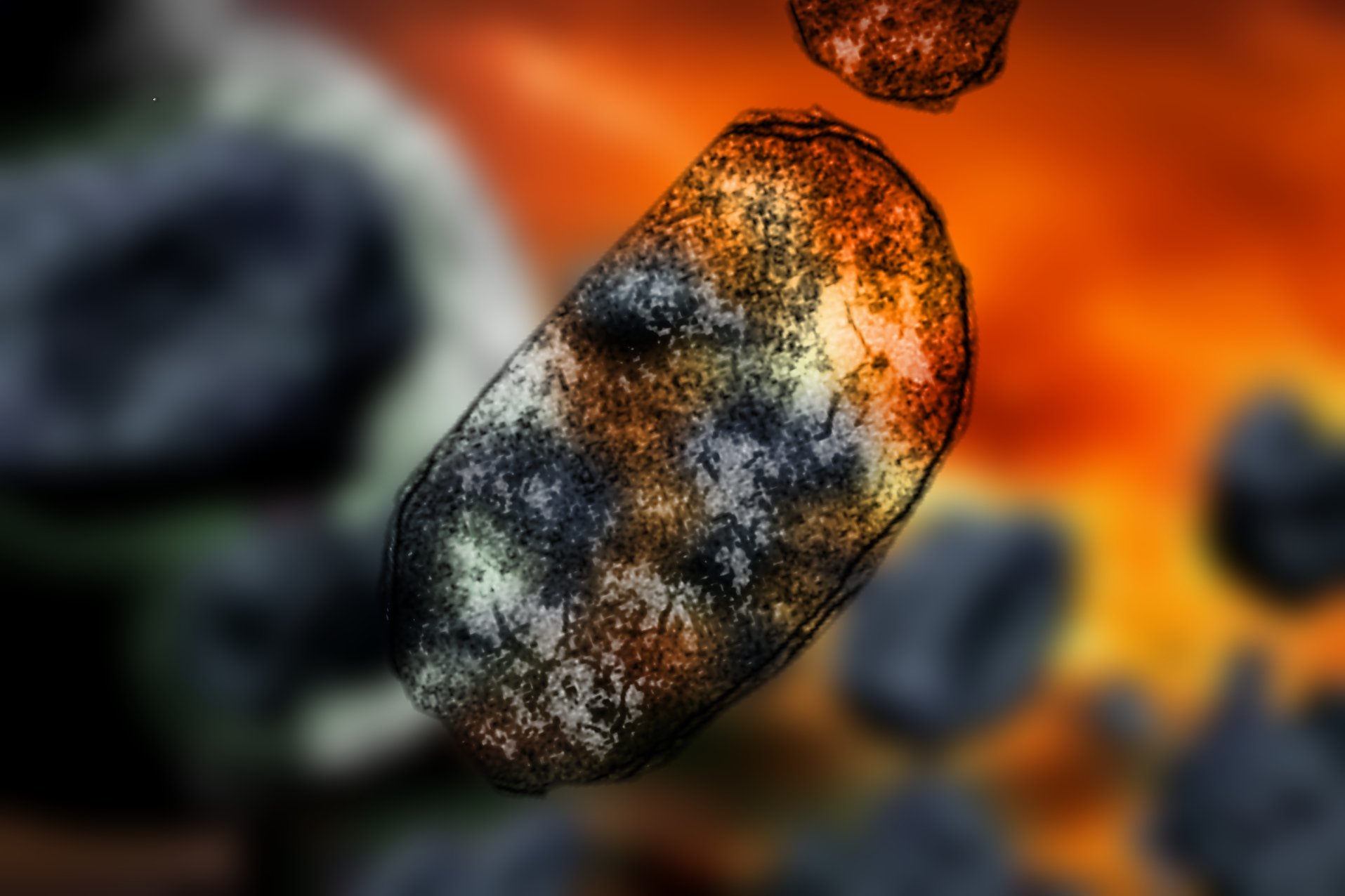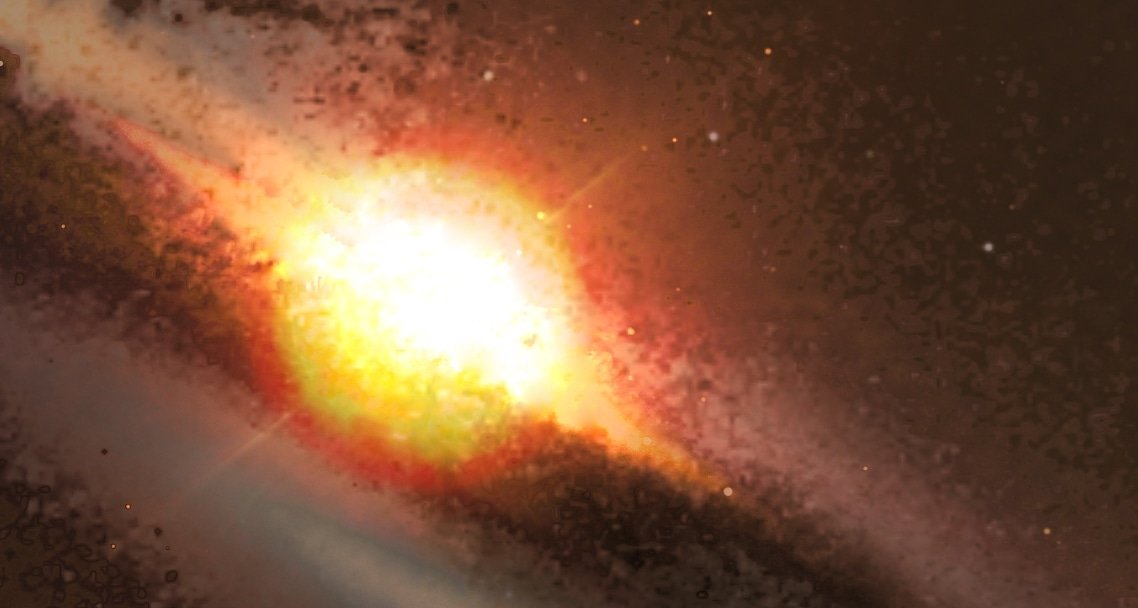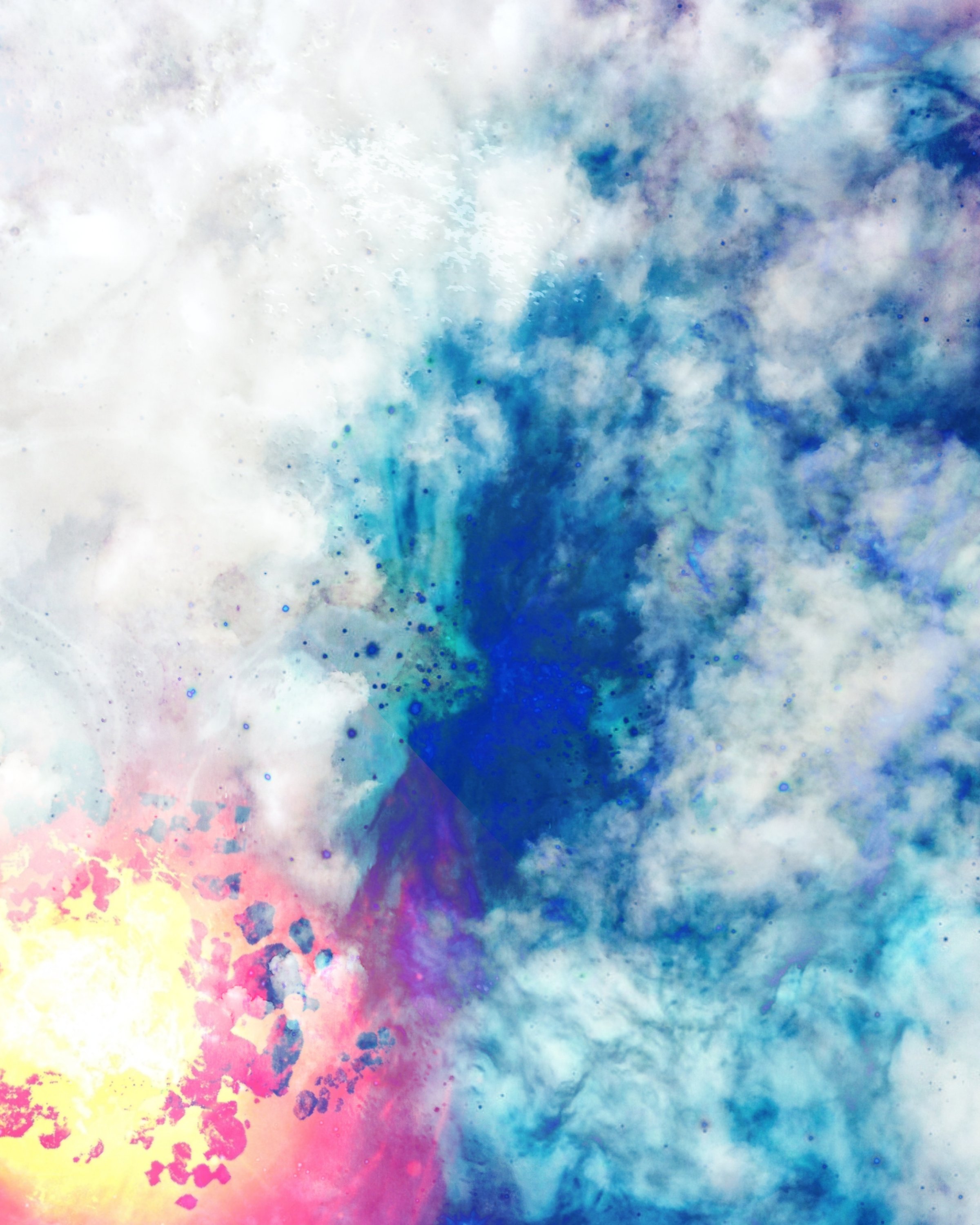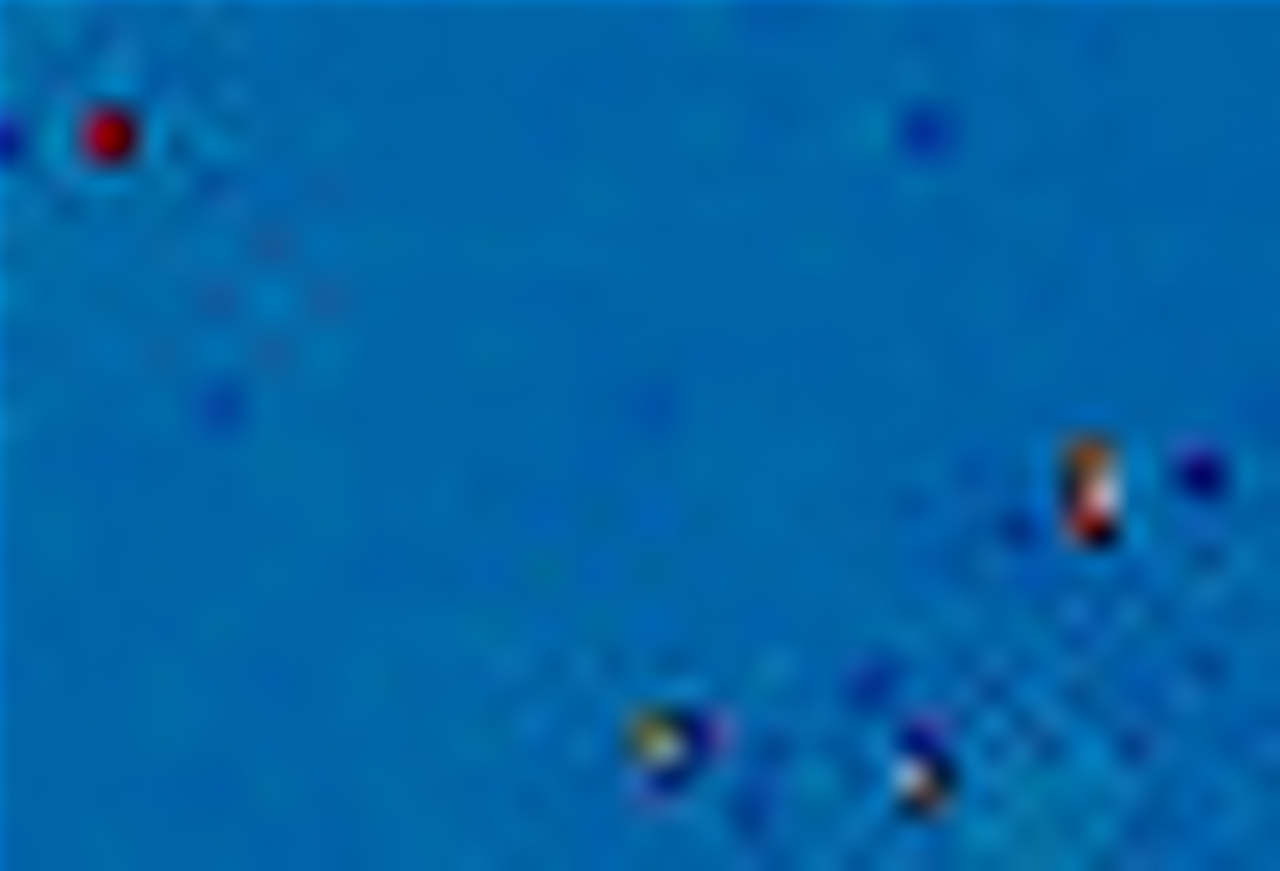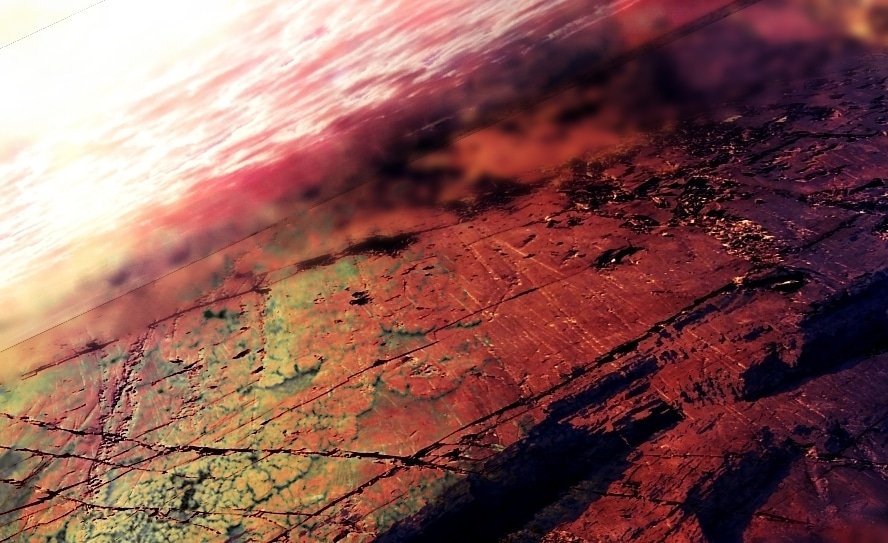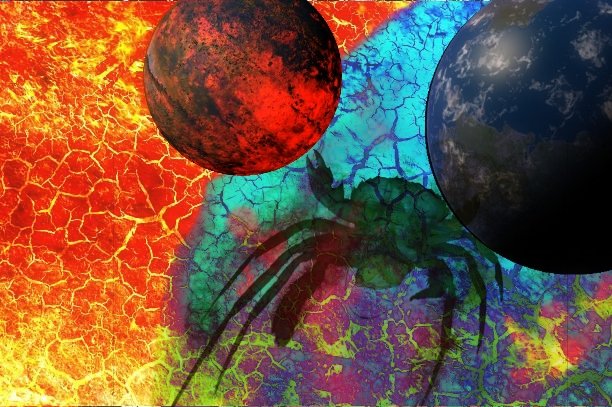
In all the gin joints, in all the world…
An old movie line, but it speaks a truth: life is miraculous to the point of being impossible. We search for it. To be fair, we’ve really only begun looking seriously in the last thirty years or so. The discovery of the first confirmed exoplanet in 1995 propelled us into the heavens, and we began to seriously believe we may just find life out there. Why not? That isn’t a scientific response, but life
is incredibly improbable. The amount of unbelievable coincidences that enabled life to appear on our blue green marble almost beggars belief. Everything had to be just right, or life just never would have happened. Just like the proverbial bowl of porridge, which actually leads to the topic of this post. A certain famous little girl of fairy tale fame lent her name to the region around a star at which liquid
water can exist in a stable form on the surface. More precisely, this region, or “Goldilocks Zone” is the distance from a star: the sweet spot where liquid water exists. To be more precise again, the Goldilocks zone is a function of stellar luminosity and output. The more energetic a star, the further out it’s Goldilocks or habitable zone is.
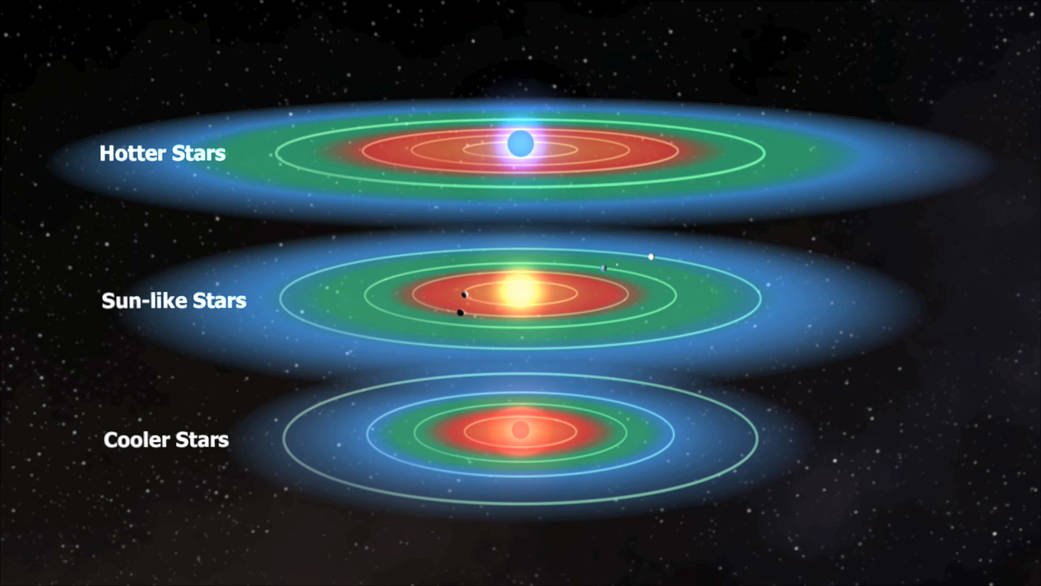
It’s a fairly linear progression: the hotter the star, the more distant it’s habitable zone. Image: NASA/JPL Extremely simplistic, but that’s us in a nutshell. We happen to be just the right distance from our sun. Because life has only been found here (as far as we’re aware), we naturally think that life will tend to favour “earthlike” conditions somewhere else. That probably makes some sense. However, does all life in the universe necessarily exist on a rocky, watery world that essentially mirrors our own?

It doesn’t have to be the case. Much recent thinking has been directed towards
redefining the habitable zone. Our solar system is one of countless billions estimated to exist in our galaxy alone. As researchers discover more exo-solar systems seemingly every day it’s becoming apparent that perhaps our particular corner of the block is actually quite unusual. For astrobiology to have any relevance at all it’s important to think outside the square. For that reason we take a look at the habitable zone as we know it and stretch it’s limits.
The Local.
In our solar system we see a complex family of objects, all held together loosely by gravity. Many of these planets are suspected to possess water. Lots of it. In fact it’s believed by many researchers that the amount of water in the solar system not situated on earth is quite large. Our blue green marble is actually
fairly arid compared to many other worlds in our solar system. The Galilean moon Europa is smaller than earth’s moon, but may hide two to three times more water than is found here!
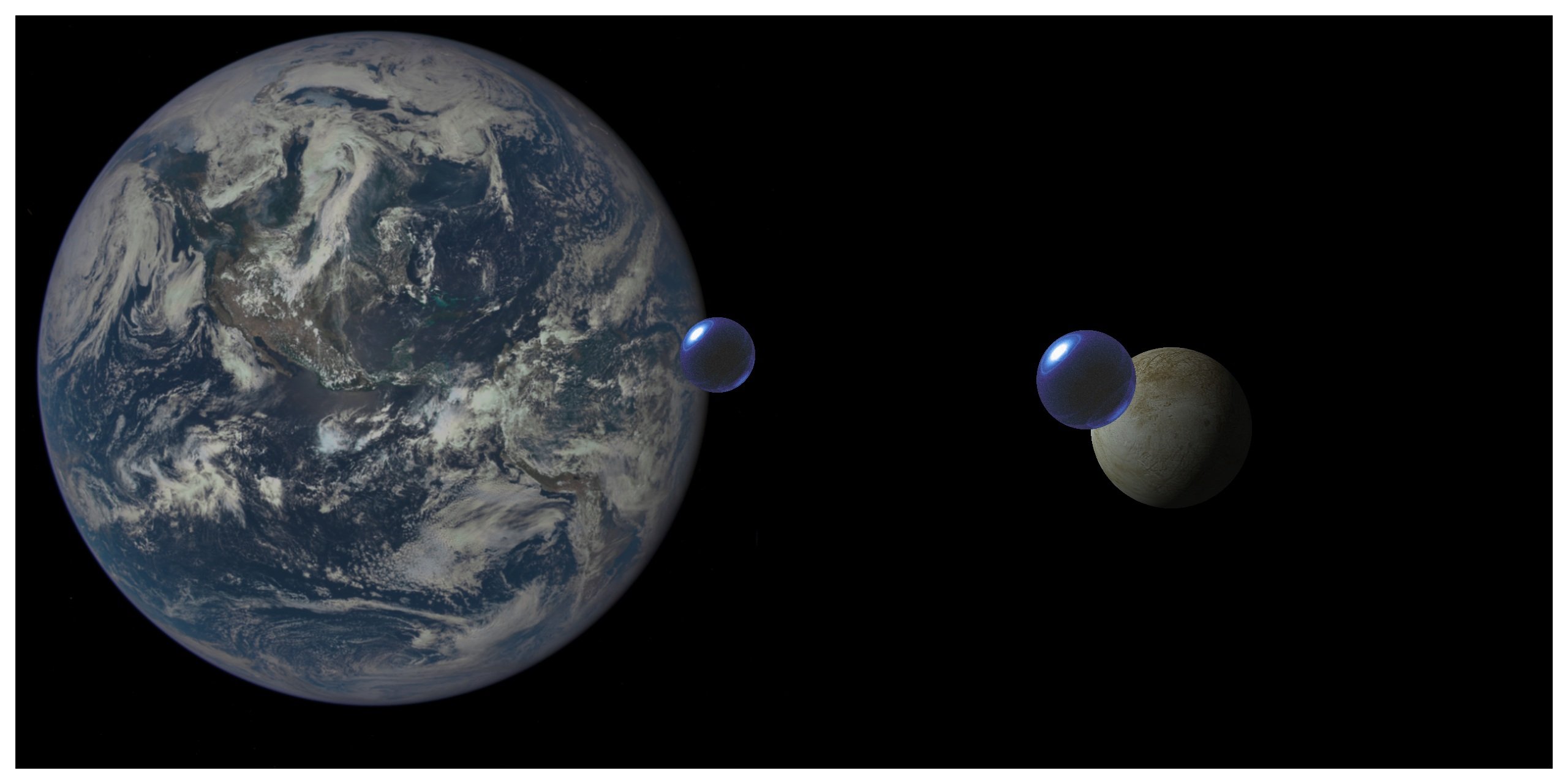
Earth is surprisingly dry compared to tiny worlds such as Europa, with the blue orbs representing an approximate comparison of each world’s respective water content. Europa is one of a small group of worlds in the solar system that have piqued the interest of astrobiologists over the years, as they are believed to possess certain sets of conditions and environments that could be conducive to the presence of life. Not just habitability (as was possibly the case with
our Moon), but abiogenesis. Life arising from whatever hidden firmament lies within their icy depths.

The reason these worlds give astrobiologists hope is that (quite naturally) exo-solar systems come in all shapes, sizes and flavours. Moons like Europa, Enceladus, or even now quite dead worlds such as
Venus and Mars throw us tantalising glimmers of hope that Earth based life is not alone in the universe. These worlds (and others we discover) often possess sets of conditions assumed to be completely hostile to life: as we know it. However, even life as we know it has shown us that it can really go off script sometimes. Whole new classes of extremophilic organisms have been discovered, and are still being uncovered in some really nasty corners of the world which show one thing: life’s ability to shuffle pieces around on the evolutionary chessboard has enabled it to live almost anywhere: in
space, nuclear reactors, and the earth’s mantle. Bacteria have recently been discovered in
Antarctica which literally use hydrogen as a food source! These organisms suggest that the traditional concept of a habitable zone: the right amount of heat, light and atmospheric pressure as we observe on earth need not necessarily apply to alien planets.
Tidally locked exoplanets
These are worlds which orbit their star(s) with one side permanently facing inward. The obvious ramifications of this: the side facing the star obviously has a much greater actinic flux than the planets night side. Translation: it is likely a scorched wasteland, where temperatures are oven-like. On the dark side we expect to find extremes of temperature at the opposite end of the scale. This side would be frozen and permanently dark. Overall, the planet doesn’t seem to hold much hope for life. It is believed that a good percentage of confirmed explanets are locked into tight orbits around their stars. Often these worlds take a few days (or less) to complete an orbit, and they are most likely tidally locked as a result. Such worlds are known as
Ultra Short Period (USP) planets.
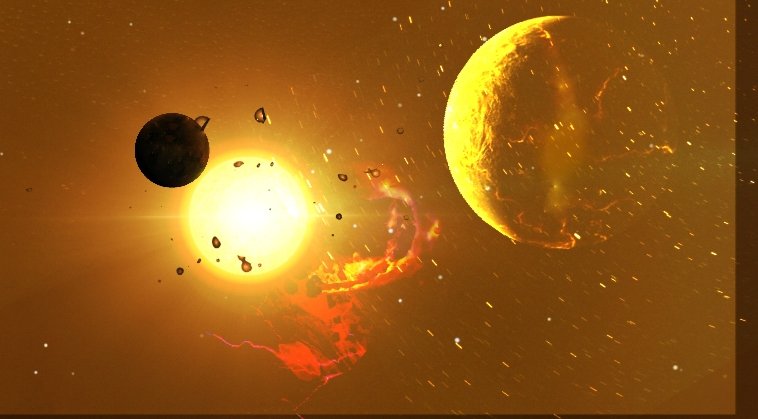
But all hope is not lost. The discovery of water ice in permanently shadowed craters on worlds as hostile as mercury and the moon leads many researchers to believe similar regions could exist on tidally locked exoplanets. Such water filled craters lie within the Terminator, the boundary between a planets day and night side.
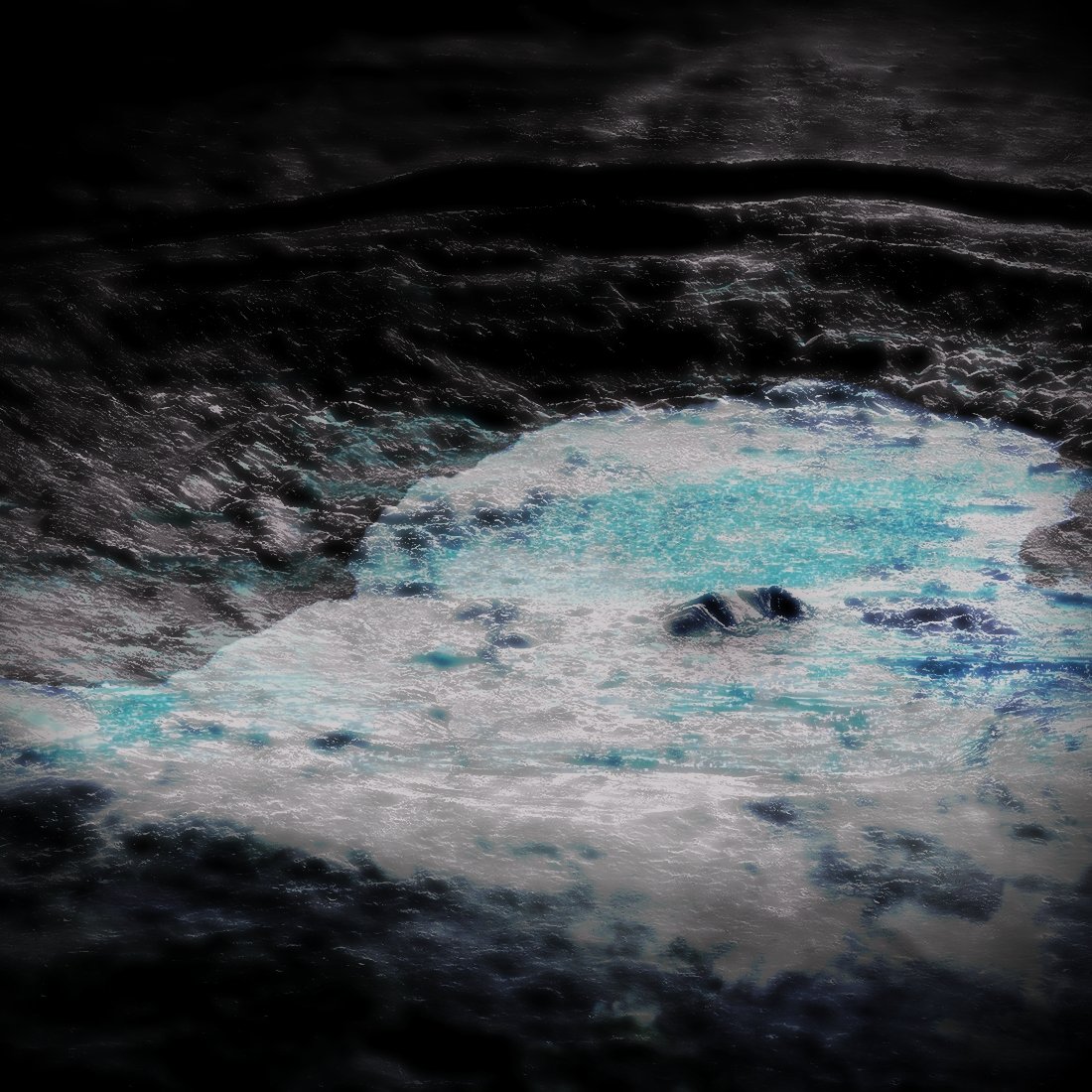
On a larger object such as an exoplanet, small strips of habitability could exist, situated in literally a permanent twilight zone.
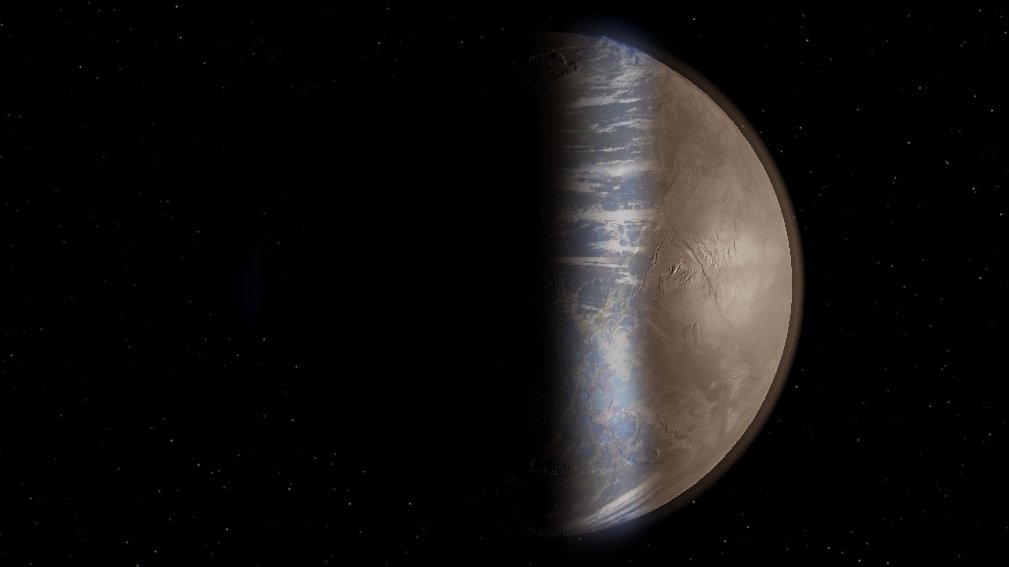
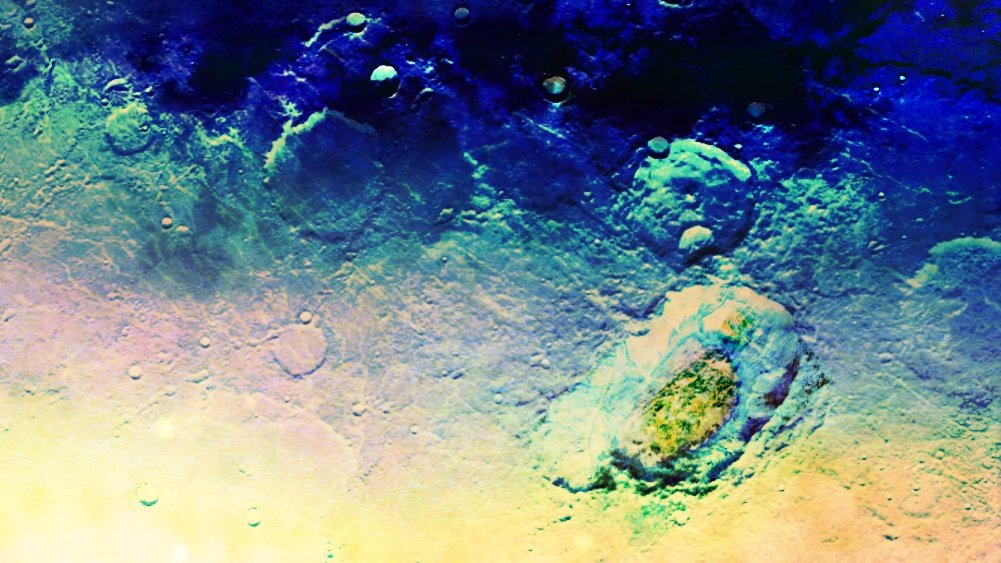
Twilight Zones of habitability could be a surprising spot for life to appear… In such a situation, the habitable zone as we define it would not be as dependant on distance from a star.
No Habitable Zone?
The recent discovery of two
rogue planets lends itself to another interesting scenario. These rogue worlds are planets which aren’t gravitationally bound to a solar system. They are believed to be quite common. Current estimates have the complement of wandering worlds in the milky way galaxy at approximately two billion. How could such exotic locations possibly host life? Because geothermal or tidal heating could provide conditions in which life could possibly eke out a niche.
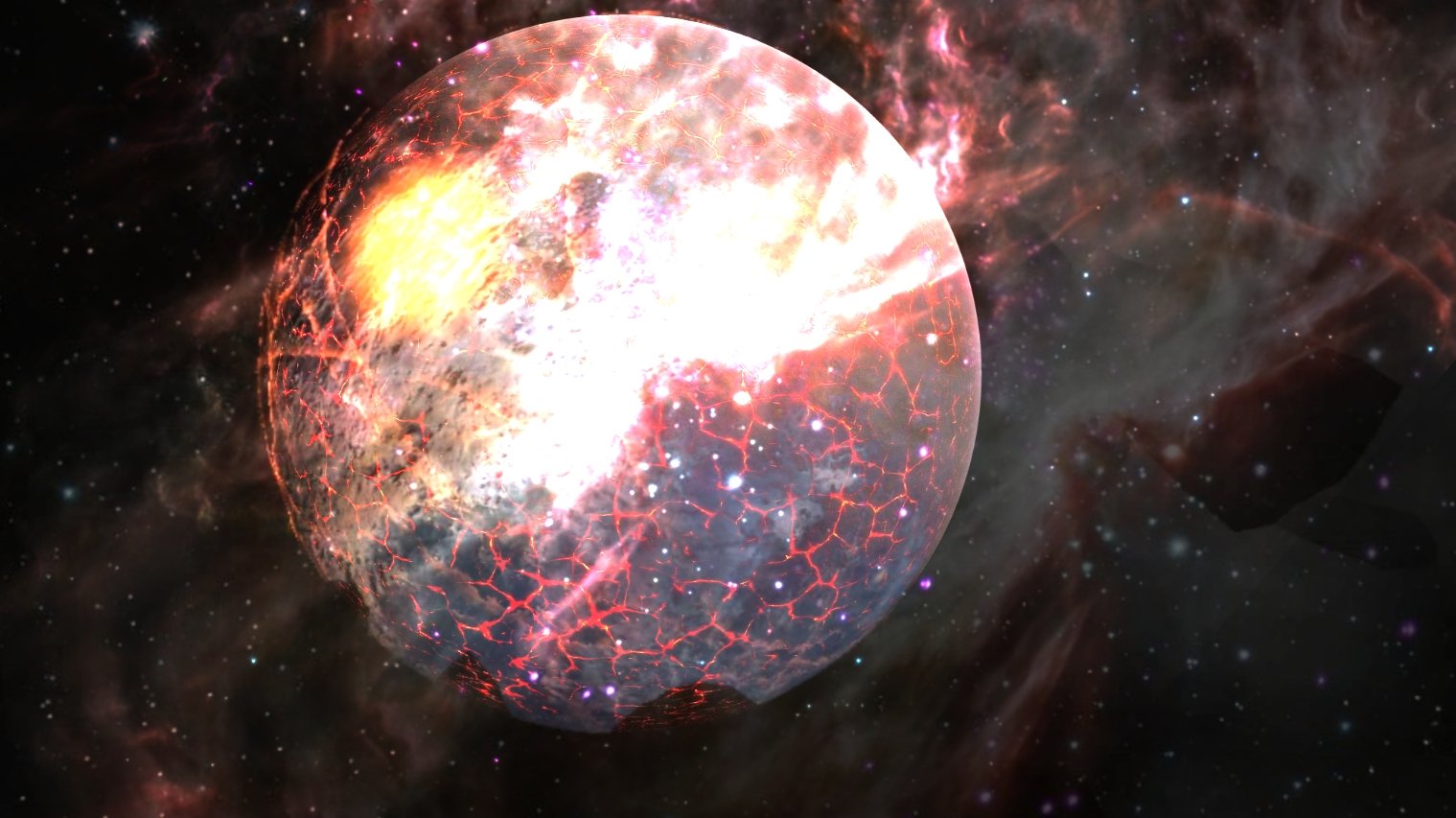
Tidal heating is a mechanism for internal heating which has been observed in several frozen, distant worlds in our own solar system. Europa (mentioned above) and Enceladus likely possess subsurface oceans of liquid briny water. The heating for this comes from the gravitational stresses caused by interactions with nearby worlds. In the case of Europa and Enceladus their elliptical orbits around Jupiter and Saturn respectively cause an ebb and flow of tidal flexing in their rocky cores. Such frictional heating may even give rise to fissures and hydrothermal vents providing possible locales for biogenesis, as may have been the case here on earth.
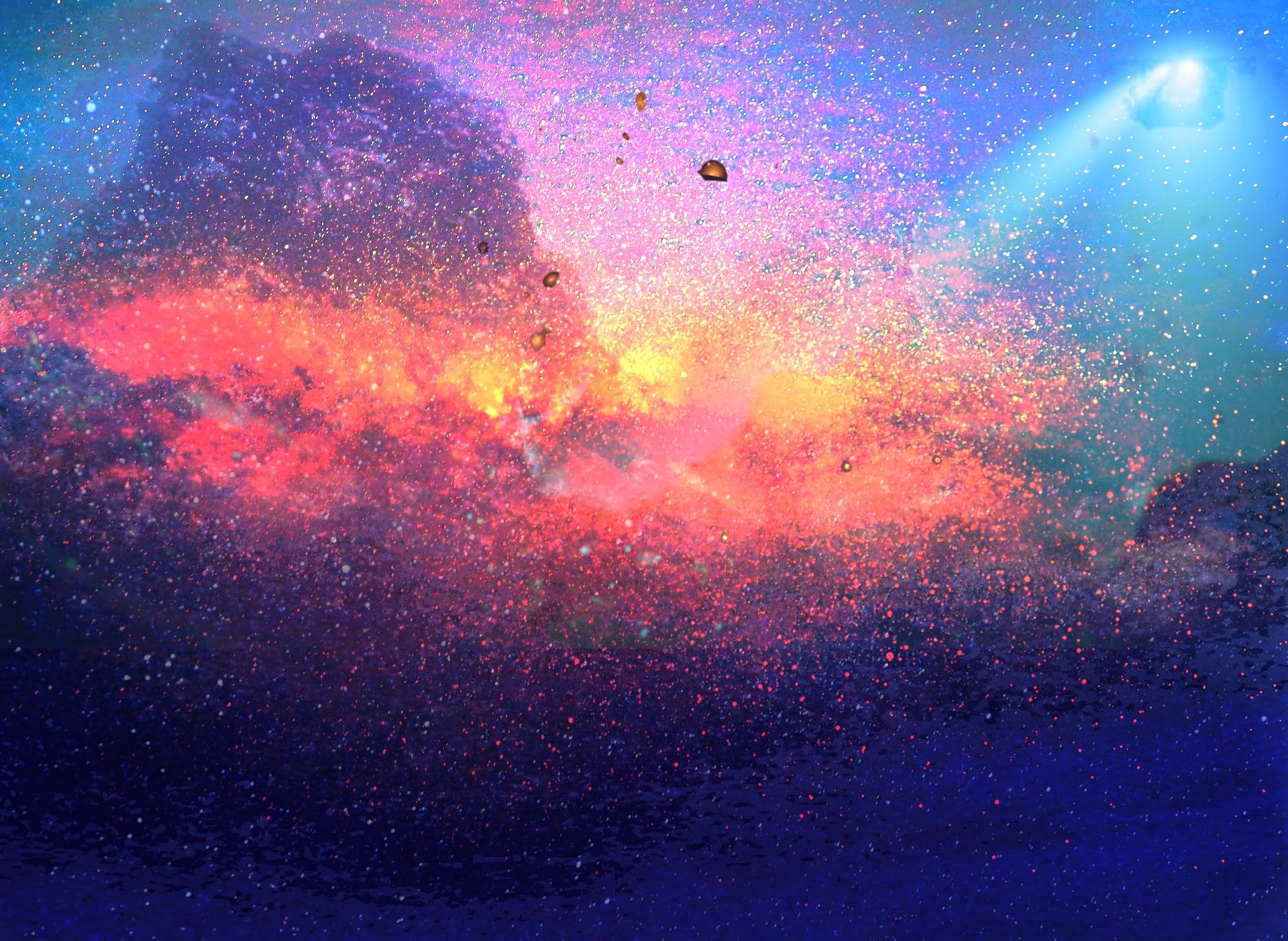
These frozen worlds appear lifeless, but appearances could be deceiving. Whilst far beyond the habitable zone of this solar system, the presence of life on either world would lead to further redefinition of habitable zones. Exoplanets are believed to number in the trillions in this galaxy and the recent discovery of the first known exomoon suggests that moons could be even more numerous. After all, in our solar system moons and natural satellites outnumber the planets by ten to one. Habitability on any of these worlds opens up the options for researchers observing distant solar systems for signs of life.
To the Weird..
Last but definitely not least. A benchmark of habitability as we define it for earth based life is that, overall, the environment should be fairly benign in order for life to have a chance. Earth itself only became habitable after billions of years of incredible geological upheaval and intense bombardment from outer space. Not only that, the presence of a thick atmosphere afforded protection from cosmic rays pumped out by a young sun. A class of exoplanets known as
super earthsmay be able to support life despite often being in orbit around extremely energetic stars such as red dwarfs. These stars are tiny, often having only ten percent of the mass of our sun, but they are nasty. Frequently they have been seen producing extreme solar flare activity. This image shows a solar flare being generated by the red dwarf star DG Canum Vernaticorum (DG CVn). To put it in perspective the most powerful solar flare observed on our sun was rated X45 on a standard scale used to gauge glare events. In comparison DG CVn was rated X100,000:
10,000 times more powerful! At its peak the DG CVn flare reached temperatures 12 times hotter than the core of the sun!

NASAs SWIFT observed this event over 11 days, recording the most powerful flare ever recorded. Image: NASA/SWIFT It stands to reason that any nearby planets would be baked into oblivion by the levels of energy being produced during such events. But larger rocky worlds such as super earths could provide a slim chance of life. Super earths are rocky worlds ranging in size from three to five times larger than Earth.

Their mantle and outer layers could act as a shield against radiation, enabling any lifeforms present to carry on in
subsurface biospheres, akin to recently discovered microbial biospheres deep in the earth’s crust.
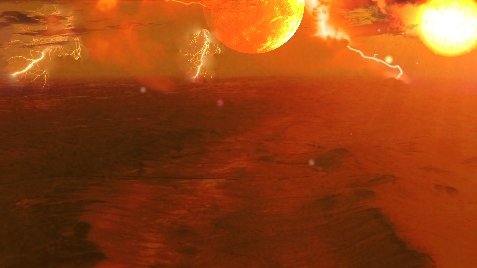
Lifeless surfaces could hide thriving ecosystems throughout the galaxy, or even beyond. Even
neutron stars could harbour life bearing worlds if conditions are just right. These stellar objects don’t seem like an ideal location for life, but again a suitably large and dense world could provide safe harbour against lethal X-rays and other electromagnetic nastiness.

Small worlds could be destroyed if they strayed too close, but if a super earth lay at a safe distance, who knows?
A Final Thought….
In this overview it’s been shown that life can theoretically exist outside the traditional confines imposed by earth based habitability criteria. However, I’ve only looked at planet based life… Who knows what else is out there? That’s a whole new type of thinking. Thanks for reading! I have a new video coming, which will be based upon this blog post. In the meantime, here are some speculations on a habitable moon in the distant past.
https://youtu.be/ch0tTbCrUj8 P. S.. I have recently set up an online store, featuring my designs on a range of products, any of which would make fantastic and unique gifts! Take a look:
https://www.redbubble.com/people/AstroBiological?asc=u All images © AstroAF Designs unless specified in image caption.






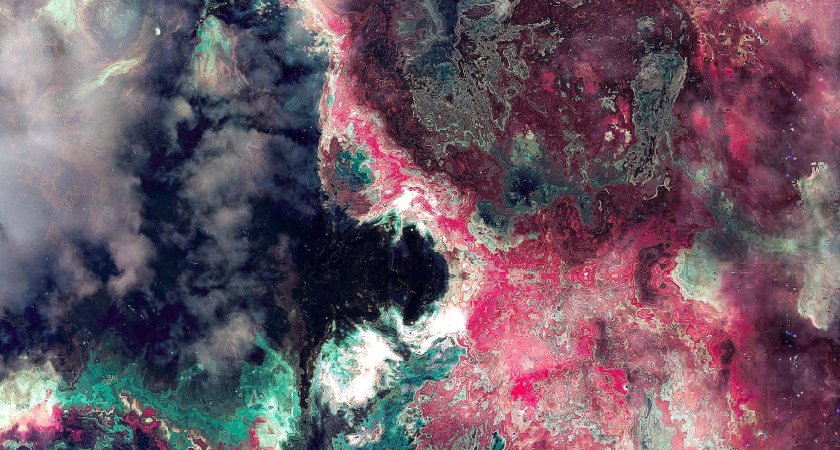

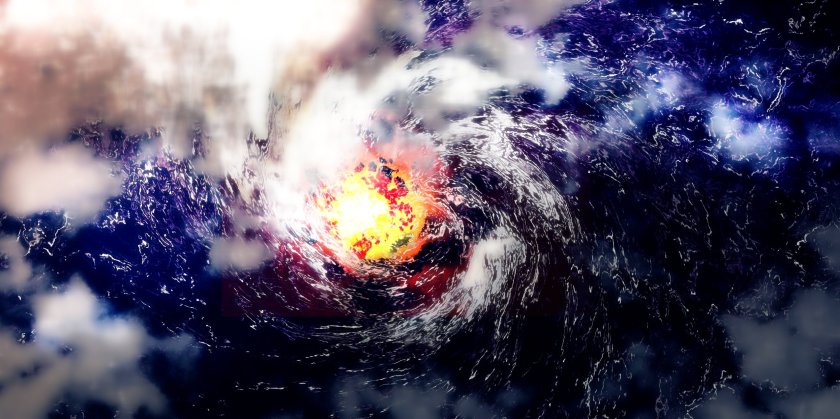




 It’s a fairly linear progression: the hotter the star, the more distant it’s habitable zone. Image: NASA/JPL Extremely simplistic, but that’s us in a nutshell. We happen to be just the right distance from our sun. Because life has only been found here (as far as we’re aware), we naturally think that life will tend to favour “earthlike” conditions somewhere else. That probably makes some sense. However, does all life in the universe necessarily exist on a rocky, watery world that essentially mirrors our own?
It’s a fairly linear progression: the hotter the star, the more distant it’s habitable zone. Image: NASA/JPL Extremely simplistic, but that’s us in a nutshell. We happen to be just the right distance from our sun. Because life has only been found here (as far as we’re aware), we naturally think that life will tend to favour “earthlike” conditions somewhere else. That probably makes some sense. However, does all life in the universe necessarily exist on a rocky, watery world that essentially mirrors our own?  It doesn’t have to be the case. Much recent thinking has been directed towards
It doesn’t have to be the case. Much recent thinking has been directed towards  Earth is surprisingly dry compared to tiny worlds such as Europa, with the blue orbs representing an approximate comparison of each world’s respective water content. Europa is one of a small group of worlds in the solar system that have piqued the interest of astrobiologists over the years, as they are believed to possess certain sets of conditions and environments that could be conducive to the presence of life. Not just habitability (as was possibly the case with
Earth is surprisingly dry compared to tiny worlds such as Europa, with the blue orbs representing an approximate comparison of each world’s respective water content. Europa is one of a small group of worlds in the solar system that have piqued the interest of astrobiologists over the years, as they are believed to possess certain sets of conditions and environments that could be conducive to the presence of life. Not just habitability (as was possibly the case with  The reason these worlds give astrobiologists hope is that (quite naturally) exo-solar systems come in all shapes, sizes and flavours. Moons like Europa, Enceladus, or even now quite dead worlds such as
The reason these worlds give astrobiologists hope is that (quite naturally) exo-solar systems come in all shapes, sizes and flavours. Moons like Europa, Enceladus, or even now quite dead worlds such as  But all hope is not lost. The discovery of water ice in permanently shadowed craters on worlds as hostile as mercury and the moon leads many researchers to believe similar regions could exist on tidally locked exoplanets. Such water filled craters lie within the Terminator, the boundary between a planets day and night side.
But all hope is not lost. The discovery of water ice in permanently shadowed craters on worlds as hostile as mercury and the moon leads many researchers to believe similar regions could exist on tidally locked exoplanets. Such water filled craters lie within the Terminator, the boundary between a planets day and night side.  On a larger object such as an exoplanet, small strips of habitability could exist, situated in literally a permanent twilight zone.
On a larger object such as an exoplanet, small strips of habitability could exist, situated in literally a permanent twilight zone. 
 Twilight Zones of habitability could be a surprising spot for life to appear… In such a situation, the habitable zone as we define it would not be as dependant on distance from a star.
Twilight Zones of habitability could be a surprising spot for life to appear… In such a situation, the habitable zone as we define it would not be as dependant on distance from a star. Tidal heating is a mechanism for internal heating which has been observed in several frozen, distant worlds in our own solar system. Europa (mentioned above) and Enceladus likely possess subsurface oceans of liquid briny water. The heating for this comes from the gravitational stresses caused by interactions with nearby worlds. In the case of Europa and Enceladus their elliptical orbits around Jupiter and Saturn respectively cause an ebb and flow of tidal flexing in their rocky cores. Such frictional heating may even give rise to fissures and hydrothermal vents providing possible locales for biogenesis, as may have been the case here on earth.
Tidal heating is a mechanism for internal heating which has been observed in several frozen, distant worlds in our own solar system. Europa (mentioned above) and Enceladus likely possess subsurface oceans of liquid briny water. The heating for this comes from the gravitational stresses caused by interactions with nearby worlds. In the case of Europa and Enceladus their elliptical orbits around Jupiter and Saturn respectively cause an ebb and flow of tidal flexing in their rocky cores. Such frictional heating may even give rise to fissures and hydrothermal vents providing possible locales for biogenesis, as may have been the case here on earth.  These frozen worlds appear lifeless, but appearances could be deceiving. Whilst far beyond the habitable zone of this solar system, the presence of life on either world would lead to further redefinition of habitable zones. Exoplanets are believed to number in the trillions in this galaxy and the recent discovery of the first known exomoon suggests that moons could be even more numerous. After all, in our solar system moons and natural satellites outnumber the planets by ten to one. Habitability on any of these worlds opens up the options for researchers observing distant solar systems for signs of life.
These frozen worlds appear lifeless, but appearances could be deceiving. Whilst far beyond the habitable zone of this solar system, the presence of life on either world would lead to further redefinition of habitable zones. Exoplanets are believed to number in the trillions in this galaxy and the recent discovery of the first known exomoon suggests that moons could be even more numerous. After all, in our solar system moons and natural satellites outnumber the planets by ten to one. Habitability on any of these worlds opens up the options for researchers observing distant solar systems for signs of life. NASAs SWIFT observed this event over 11 days, recording the most powerful flare ever recorded. Image: NASA/SWIFT It stands to reason that any nearby planets would be baked into oblivion by the levels of energy being produced during such events. But larger rocky worlds such as super earths could provide a slim chance of life. Super earths are rocky worlds ranging in size from three to five times larger than Earth.
NASAs SWIFT observed this event over 11 days, recording the most powerful flare ever recorded. Image: NASA/SWIFT It stands to reason that any nearby planets would be baked into oblivion by the levels of energy being produced during such events. But larger rocky worlds such as super earths could provide a slim chance of life. Super earths are rocky worlds ranging in size from three to five times larger than Earth.  Their mantle and outer layers could act as a shield against radiation, enabling any lifeforms present to carry on in
Their mantle and outer layers could act as a shield against radiation, enabling any lifeforms present to carry on in  Lifeless surfaces could hide thriving ecosystems throughout the galaxy, or even beyond. Even
Lifeless surfaces could hide thriving ecosystems throughout the galaxy, or even beyond. Even  Small worlds could be destroyed if they strayed too close, but if a super earth lay at a safe distance, who knows?
Small worlds could be destroyed if they strayed too close, but if a super earth lay at a safe distance, who knows?